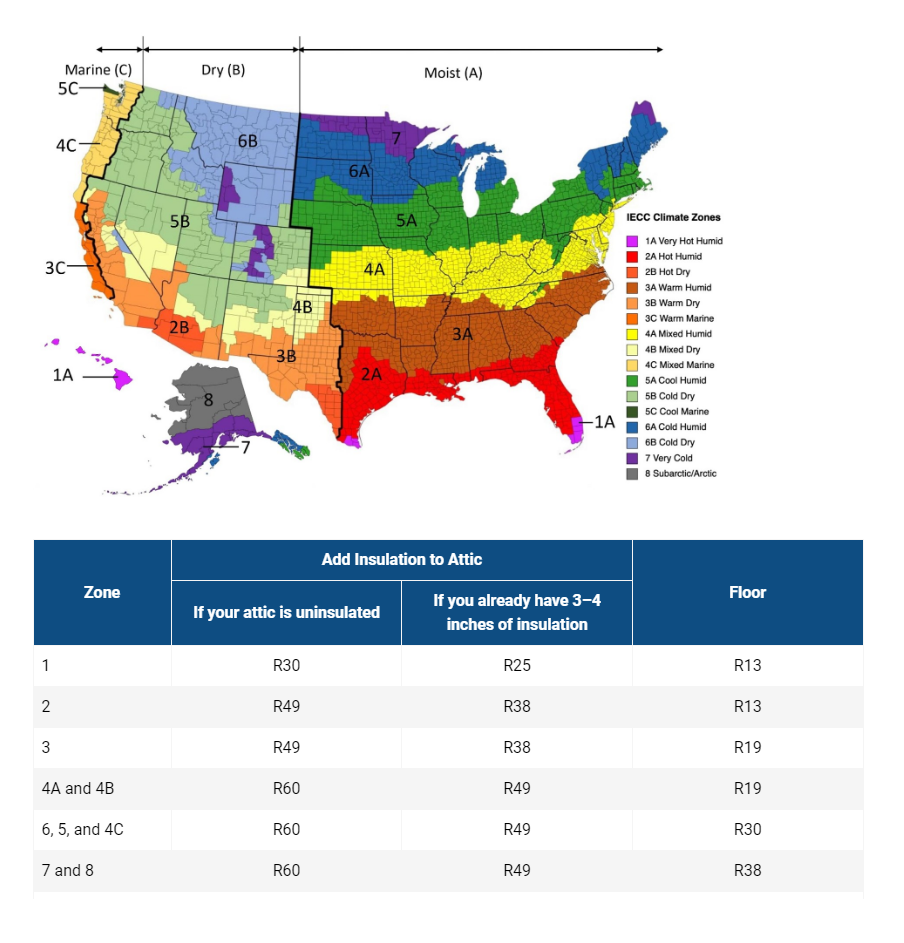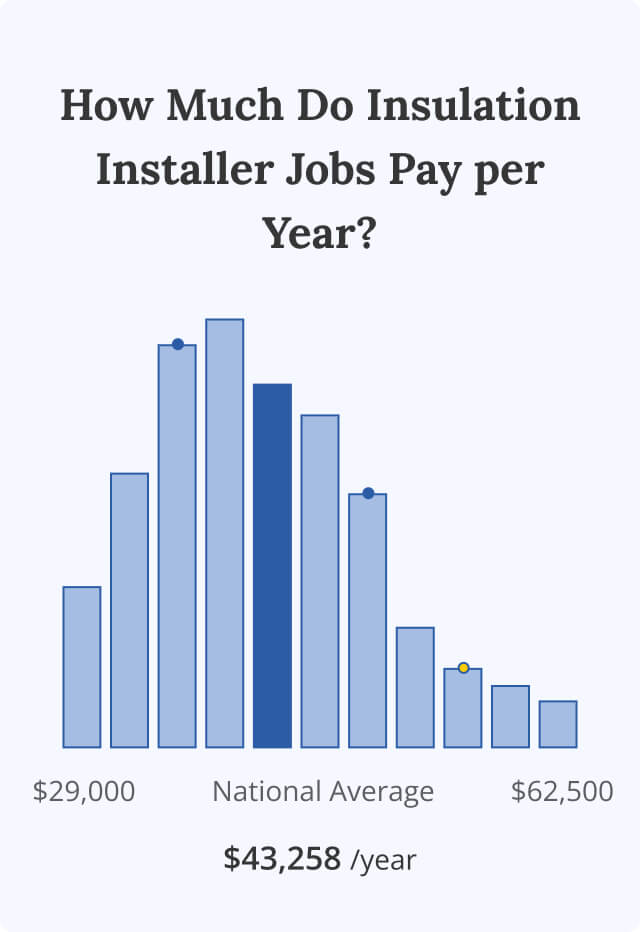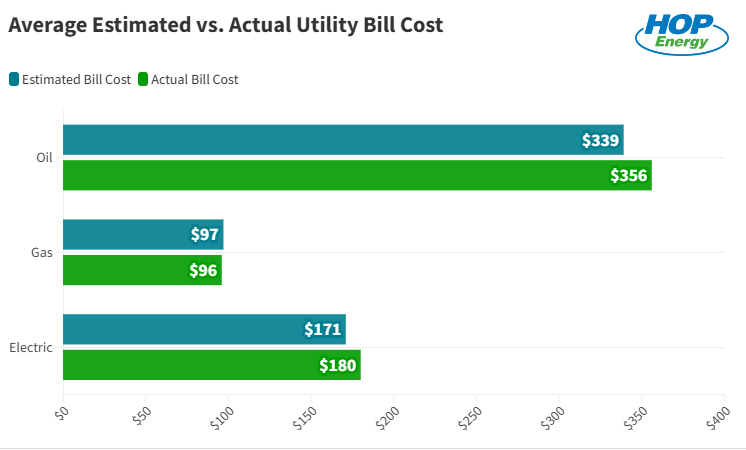Transforming your uninsulated garage into an energy-efficient space can be challenging. Between different garage sizes, common types of insulation, and the choice between doing it yourself or hiring a pro—it’s hard to know where to begin. But it’s possible to, with the right materials, make your garage somewhere you don’t mind spending time or even create additional living space complete with comfortable temperatures.
We put together this guide to help you understand the cost of insulating a garage and make excellent choices along the way. We’ll look at the different types of insulation, what affects the price, and how to determine if it’s worth the investment.
While we get there, here are some ballpark figures to get an idea of the cost to insulate garages of different sizes.
| Garage Type | Size (Ft) | Estimated Insulation Cost Range |
|---|---|---|
| Standard 1-car garage | 12’ x 24’ | $650–$4,000 |
| Standard 2-car garage | 24’ x 24’ | $900–$5,600 |
| Standard 3-car garage | 24’ x 36’ | $1,100–$7,100 |
These broad cost ranges represent a cost of installed insulation of $0.50 to $3.00 per square foot.
This article will help you understand where these numbers come from and how to estimate a more accurate cost to insulate your garage. We’ll cover everything from the different types of insulation to the R-value you need for your climate.
Benefits of Insulating Your Garage
A garage insulation project may be expensive, but it brings multiple benefits:
- Temperature regulation: A well-insulated garage provides a stable temperature that is more comfortable to work in, no matter the weather outside.
- Energy efficiency: Proper insulation blocks heat transfer, helping you keep the temperature in your garage stable, which can reduce your energy bills.
- Soundproofing: Insulating garage walls and ceiling can help dampen noise from the outside, making your garage a more peaceful place.
- Protection for stored items: Insulation protects your belongings from extreme temperatures and moisture damage (i.e., mold and rot).
Beyond the added comfort, the increased energy efficiency helps you save on energy bills and enhances your home’s value. These benefits provide a measurable return on investment (ROI) in the long run.
Understanding R-Values
When it comes to insulation, you’ll hear a lot about insulation R-value. This number tells you how well a material resists heat flow. When you need more efficient insulation, look for a higher R-value.
The first decision to make when insulating a garage is choosing the R-value of the insulation you’ll add. The R-value you need will depend on where you live. If you’re in a colder climate, you’ll need a higher R-value to keep your garage warm. In warmer climates, a lower R-value may be enough to keep the cool air inside.
Energy Star has a handy map that divides the US into different climate zones, helping you choose the right R-value.

The recommended R-values for walls range from R-5 to R-19. The values for garage ceiling insulation are higher, typically twice the value you used on your walls.
When considering the cost of insulation, it’s important to note that it’s not so much about how thick your insulation needs to be. It’s more about reaching the proper insulation R-value.
Understanding Types of Insulation Materials and Their Costs
You can use several types of garage insulation, each with its pros and cons and different average costs. The most common are:
- Foam Board insulation (EPS, XPS, or Polyiso)
- Fiberglass insulation in rolls or batts
- Spray Foam insulation (open- and closed-cell)
- Rockwool insulation
- Woven R17 insulation
- Double Bubble insulation
- Reflective foil insulation
Some material types provide better insulation, and others are easier to apply. Furthermore, they all have different prices, affecting the initial cost to insulate a garage.
But here’s the thing.
An insulation’s value doesn’t rest solely in what it’s made of. You also have to consider the material’s thickness and R-values.
Comparing Insulation Material Costs
The cost per square foot is one of the most common ways to specify insulation cost. However, it can be misleading since it doesn’t account for the material’s thickness or R-value.
A common way to price spray foam insulation is by the cost per board foot (the cost of a one-square-foot, one-inch-thick layer of insulation). While it’s better than the cost per square foot because it considers thickness, it can also be misleading. For example, a more expensive material per board foot might have a higher R-value to compensate.
So, what is the solution?
The solution is to compare the cost of insulation of equivalent R-values. Remember, the North Star in insulation is the R-value, not the material’s thickness.
For example, 1/4” of rock wool or expanded polystyrene (EPS) gives the same R-value as 1/7” of closed-cell spray foam. This comparison helps to put into perspective the higher spray foam insulation costs.
Factors Influencing Insulation Costs
Okay, so we’ve looked at the different types of insulation and how much they cost. But what else can affect the price of your garage insulation project? Here are a few things to keep in mind:
- Garage size: The bigger your garage, the more insulation you’ll need. This means higher material costs and more time spent installing it, which can increase labor costs.
- Scope of the project: Are you insulating the whole garage or just parts of it? Insulating the walls, ceiling, and garage door will cost more than just doing the walls.
- Insulation type: As we saw, some types of insulation are more expensive than others.
- Target R-value: The higher the R-value you need, the thicker and more expensive the insulation will have to be.
- Labor: Are you doing the work yourself or hiring a professional? Hiring a contractor adds a considerable chunk to the total cost.
- Location: Where you live can affect labor costs, and some areas may require higher R-values due to colder climates.
- New vs. old garage: Insulating a new garage is usually easier and cheaper than retrofitting an old one. For instance, removing old insulation or dealing with issues like mold or pests in an older garage will cost more.
- Additional factors: Preparing the garage for insulation, installing drywall, and dealing with unexpected problems can also increase costs.
Breakdown of Garage Insulation Costs
Now, let’s examine the numbers more closely so you can see firsthand how each of the previous factors impacts insulation costs.
Garage Size
As mentioned earlier, larger garages have more area to insulate and require more materials and labor.
Here’s a table showing the estimated surface areas for standard attached garage sizes:
| Garage Size (Ft) | Floor Area (Sq Ft) | Wall Area (Sq Ft) | Ceiling Area (Sq Ft) | Garage Door Area (Sq Ft) | Total Area to Insulate (Sq Ft) |
|---|---|---|---|---|---|
| Standard 1-car garage (12’ x 24’) | 288 | 600 | 288 | 64 | 952 |
| Standard 2-car garage (24’ x 24’) | 576 | 720 | 576 | 160 | 1,456 |
| Standard 3-car garage (24’ x 36’) | 864 | 840 | 864 | 210 | 1,914 |
Our standard detached garage sizes are slightly different. The following are the most common sizes for our metal garages:
- 1-car garages: 12’ x 20’
- 2-car garages: 24’ x 24’
- 3-car garages: 20’ x 40’
The Scope and Breadth of the Insulation Project
You might only need to insulate some parts of your garage. For example, if you already have an insulated garage door, you can skip that part of the project.
Or, if you only need to insulate your garage door, you could look into garage door insulation kits. They offer an affordable and convenient alternative to piecing together the materials yourself.
Here’s a table showing the estimated price ranges (including labor) of insulating a 1-car garage using closed-cell spray foam insulation with different scopes:
| Project Scope | Estimated Cost Range |
|---|---|
| Walls only | $300–$2,100 |
| Walls + Ceiling | $444–$2,664 |
| Full wraparound | $650–$4,000 |
Insulation Type
Depending on the type of garage and your target R-value, you may choose different insulation types, which also affect the price. Some materials are also harder to install, which can increase labor costs.
Here’s a table comparing the cost of insulating a single-car garage using different insulation types:
| Insulation Type | Cost Range |
|---|---|
| Foam Board (EPS) | $570–$1,900 |
| Fiberglass batts | $285–$1,428 |
| Open-cell spray Foam | $418–$714 |
| Reflective insulation | $95–$860 |
Labor Costs for Professional Installation
If you’re hiring a professional to install your insulation, labor costs can vary depending on your location and the type of insulation.
Some contractors charge by the hour, while others charge per square foot.
- Hourly rates can range from $45 to $69 per hour for a crew of three installers based on data from Zip Recruiter.
- Depending on the insulation type, labor costs per square foot can range from $0.25 to $3.20.
Geographical Location
Your location can affect both the R-value you need and the labor cost.
For example, in hot and humid climates like Florida, you only need R-values of 6-12. But in colder climates like Maine or Minnesota, you might need R-values of 20 or higher.
Labor costs also vary by location. According to Zip Recruiter, insulation installers’ salaries can range from around $15 per hour in Florida to over $23 per hour in Washington and New York.

State of the Garage
Insulating a new garage is usually cheaper than insulating an old one. However, if you’re working with an older garage, you might need to remove old insulation or deal with issues like mold, pests, and lack of structural integrity, which can add to the overall cost.
Preparation
Preparing your garage for insulation is an essential step before installation. Here are some of the steps you shouldn’t miss to ensure a smooth process:
- Cleaning: Don’t think spotless, but cleared out, empty, and swept.
- Moisture and air sealing: Air and moisture work against insulation and lead to mold and heat loss.
- Install a vapor barrier: Technically, this step is optional, but it’s an extremely good idea in most climates. Install your vapor barrier on the warm side of your insulation.
- Measure twice: Carefully measure all surfaces you plan to insulate to ensure you make accurate cuts.
- Address outlets: Cut insulation to fit around electrical outlets and other fixtures, making sure it avoids contact with any electrical wires.
Additional Cost Factors to Consider
A few other things can affect the cost of your garage insulation project.
- Windows: If your garage door has windows, you might consider investing in double or triple-pane insulated windows, which can cost anywhere from $300 to $2,200+ each, according to HomeGuide.
- Permit Fees: In some municipalities, insulation projects require a permit that can cost a few hundred dollars.
Return on Investment (ROI) of Garage Insulation: Is it Worth it?
Now, you might be thinking, “All this sounds great, but is insulating my garage really worth the cost?” The good news is that garage insulation can pay for itself over time. Let’s look at how.
Garage Insulation’s Impact on Property Value
According to the Energy Sage, improving your home’s insulation can increase its value by as much as 83% of the investment.
So, if you spend $2,000 on the proper garage insulation, you could potentially increase your home’s value by $1,660. Not bad.
Reducing Energy Consumption and Costs
The Environmental Protection Agency estimates that insulation can save up to 10% on your home’s energy bill. If your garage accounts for 10% of that, insulating it could save you 1% of your monthly energy costs.

The average American household spends between $200 and $300 per month on utilities and could save $24 to $36 per year (Hop Energy). Over the 50-year lifespan of your insulation, that could add up to around $1,500 in savings!
Estimating ROI
With this data, we can estimate the return on investment (ROI) for single-car garage insulation using fiberglass batting ($2,300). The formula is simple:
ROI = (Gains – Cost) / cost) * 100
Using this formula and the data above, we get:
ROI = ($1,660 + $1,500 – $2,300) / $2,300) * 100 = 37%
Not too shabby—especially considering financial professionals see an ROI between 5% and 7% as a “reasonable expectation” and an ROI above 10% as a “strong return.”
While these are just estimates, it’s clear that insulating your garage can be a smart financial decision.
Investing in Garage Insulation for Comfort and Savings
Although garage insulation costs can vary wildly, hopefully, we’ve answered most of your questions about the cost to insulate a garage. It depends on garage size, location, the target insulation R-value, labor costs, etc.
Costs can range from as little as $1,300 for a small 1-car garage with cheap insulation to over $15,000 for a large 3-car garage with premium insulation and professional installation.
While the upfront cost may seem steep, over time, it’s a worthwhile investment. Insulating your garage will increase your home’s value, reduce energy bills, and provide a tidy ROI.
If you’re interested in more garage upgrades, check out our post, 54 Garage Storage Ideas to Organize Your Space, or explore our Garage Archive Posts for even more ideas.
FAQs
Still have questions about insulating your garage? We’ve got answers:
What is the average cost to insulate a garage?
The average cost to insulate a garage can range from $1,300 to over $15,000, based on the information provided above. It all depends on factors like the size of your garage, the type of insulation for your project, and whether you hire a professional.
What is the cheapest way to insulate a garage?
The cheapest way to insulate a garage is DIY installation using low-cost materials like blown-in insulation.
How can I reduce the cost of garage insulation?
Here are a few tips to reduce the cost of insulating your garage:
- Shop around for insulation at the best prices
- Insulate only the necessary areas
- Choose cost-effective materials
- Opt for a DIY installation




